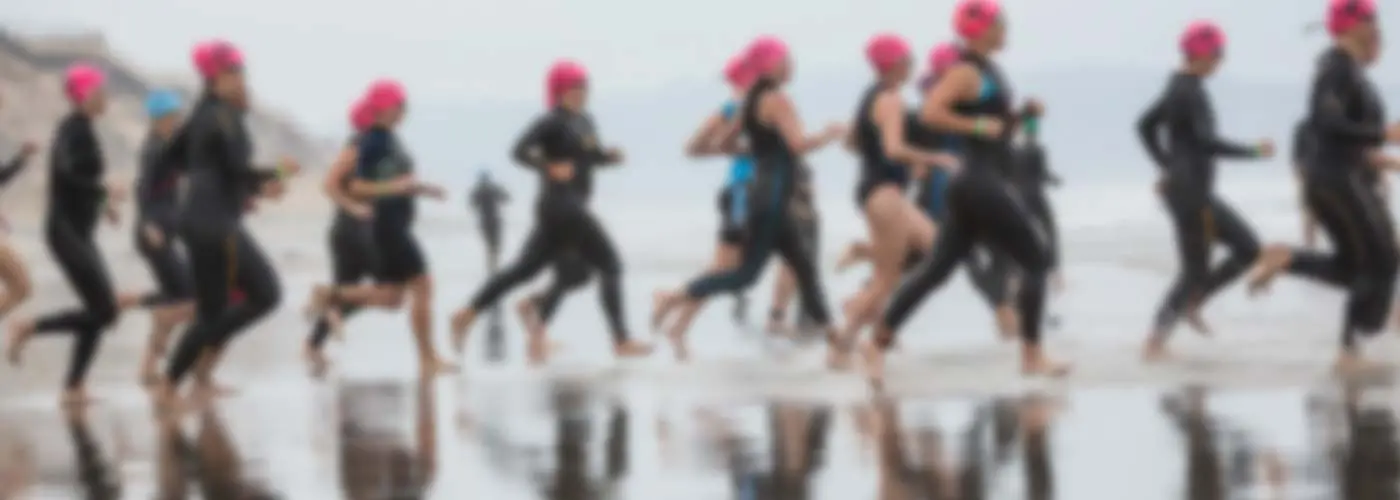If you're looking to trim some time off your PR, drills are just as important to do within race season as they are in the offseason. One of the components of getting faster is having the neuromuscular ability to generate quick limb turnover.
Here are three drills focused on neuromuscular training that are beneficial to do year-round.
Swim
1 of 4
Warm up with a swim of at least 500 yards (or meters), and do the following:
• Four to eight sets of swimming 25 yards
• The first half of each set is completed by swimming with your hands formed into a fist, making it as small as possible. This doesn't mean simply bending your fingers over and leaving your entire palm exposed to the water. Make your fist small.
• Swim through the water moving your arms and hands as quickly as possible. It will feel like you aren't moving very far with each arm stroke. Fast-arm turnover is your primary goal.
• After completing the fist segment, continue swimming for the second half of the length and open your hands out of the fist shape. With your hands open, swim to the wall with as much power and speed as you can muster.
• At the end of each set, take 20 to 30 seconds of recovery. The goal is to take enough recovery so you can swim fast again.
Find:
Your Next TriathlonBike
2 of 4
This workout will need to be done on an indoor trainer or on road that is free of distractions and hazards.
Warm up for at least 20 to 30 minutes. Change to a gear that allows very light pressure on the pedals. To avoid free spinning, you want some pressure.
• Four to eight sets of pedaling for 30 seconds
• Throughout the 30 seconds, increase leg speed continuously until you're at the maximum possible speed. This should be accomplished without your butt bouncing off your saddle.
• Avoid taking your eyes off of the road ahead of you if the drill is done outdoors. Some riders put their head down during these high-speed efforts. This is a recipe for disaster.
• Return to regular, aerobic riding for four minutes and 30 seconds between each high-speed bout as your recovery interval.
Find:
Your Next TriathlonRun
3 of 4
This drill is best done in a park, on a gentle downhill section of clean grass. A good grade for the downhill is four percent, or roughly the grade of a highway off-ramp. The hill can be slightly steeper, but don't make it too steep.
"Clean grass" means that you've inspected the hill and it's clear of holes and debris like rocks and glass. The hill should take you 20 to 30 seconds to run down at a fast pace.
After a warm-up getting to the park or running around the park, head to the top of the hill. My favorite way to do this drill is barefooted because it allows my feet to feel light and fast. If you are worried about debris on the grass or foot injury of any type, keep your shoes on.
• Four to eight sets of running downhill for 20 to 30 seconds
• When you are running down the hill, use a slight forward lean to make it easy to pick up some speed. Think about your feet being light and fast. Run fast, but not so that your arms swing wildly out of control. The recovery interval is walking back up the hill. The walk should take 60 to 90 seconds
• Finish the workout with a short cool down







Discuss This Article